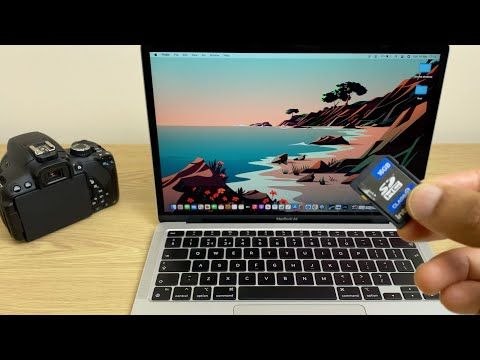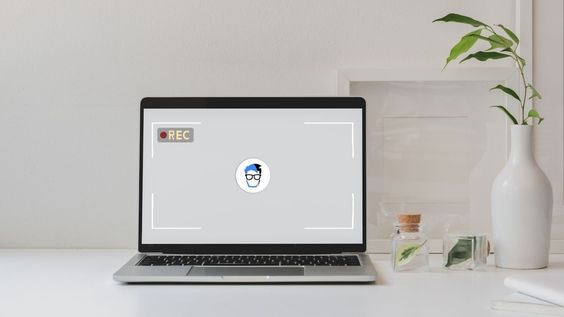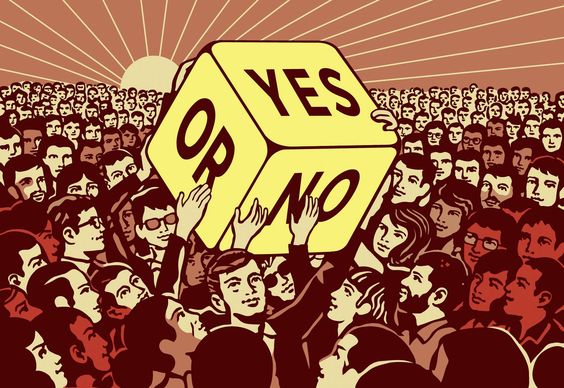How to Get Equipment Financing: Step-by-Step Guide
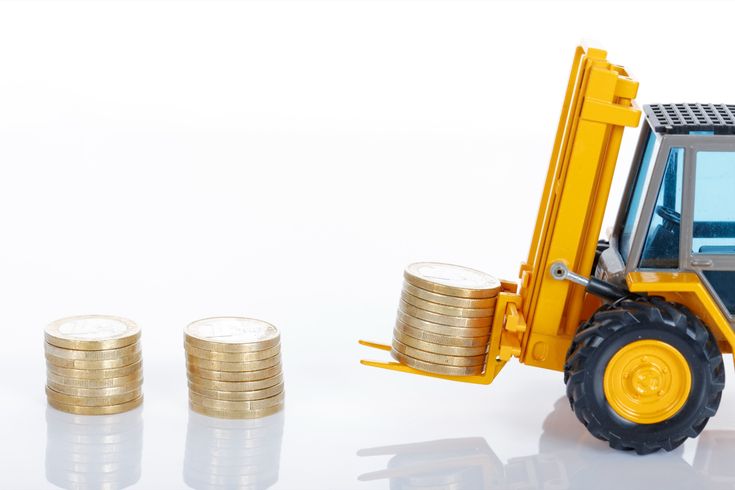
How to Get Equipment Financing
Getting equipment financing can be a good way to acquire necessary equipment for your business without a large upfront cost. Here’s a general roadmap to navigate the process:
1. Understand your options: There are three main choices for equipment financing:
-
Equipment loans: You borrow money to purchase the equipment and own it outright after you pay off the loan. This might require a down payment, typically between 10% and 20% of the equipment’s value.
-
Equipment leases: This is essentially renting the equipment for a set period. Leases often don’t require a down payment, but you won’t own the equipment at the end of the lease term (though some leases come with a purchase option). Read about Can I Sell My Financed Car
-
Sale-leasebacks: You sell your existing equipment to a lender and then lease it back from them. This can free up cash for your business, but it’s important to compare the terms carefully.
2. Check your qualifications: Lenders will assess your creditworthiness, including your personal and business credit scores, to determine your eligibility and interest rate. It’s wise to check your credit score beforehand so you can address any potential issues.
3. Shop around for lenders: Different lenders offer varying rates and terms. Consider traditional banks, credit unions, online lenders, and equipment financing specialists. Get quotes from multiple lenders to compare rates and find the most favorable option for your situation.
Here are some additional tips for securing equipment financing:
-
Prepare a solid business plan: A well-crafted business plan demonstrates your business’s viability and helps convince lenders you’ll be able to repay the financing.
-
Gather necessary documents: Be prepared to provide lenders with financial statements, tax returns, and other business documents to support your loan application.
-
Negotiate terms: Don’t be afraid to negotiate the interest rate, loan term, and other aspects of the financing agreement. Discover about Can You Advertise on Your Own Property
By following these steps, you can increase your chances of securing equipment financing that meets your business needs and helps you achieve your goals.
Understanding Equipment Financing
What is Equipment Financing?
Equipment financing is a loan or lease specifically designed to help businesses purchase the machinery, vehicles, or technology they need to operate and grow. Instead of paying for the equipment upfront, you can spread the cost over a period, making it more manageable for your cash flow.

Benefits of Equipment Financing
Opting for equipment financing comes with several advantages:
- Preserves Cash Flow: Instead of a large upfront payment, you can spread the cost over time.
- Tax Advantages: Interest payments and depreciation may be tax-deductible.
- Up-to-Date Equipment: Financing allows you to keep your equipment up-to-date without significant financial strain.
Types of Equipment Financing
Equipment Loans
With an equipment loan, you borrow money to purchase equipment and repay it over time with interest. The equipment itself serves as collateral, reducing the lender’s risk and potentially lowering your interest rate. Don’t Miss to Check Out Our Website: THENATION ALLENS
Equipment Leasing
Leasing involves renting equipment for a set period. There are different types of leases, such as operating leases (short-term, with no ownership at the end) and capital leases (longer-term, with an option to purchase).
Hire Purchase Agreements
A hire purchase agreement allows you to use the equipment while making payments. Once all payments are made, you own the equipment. This option is similar to leasing but with ownership at the end of the term.
Evaluating Your Needs
Assessing the Equipment Required
Determine exactly what equipment you need. Consider the specifications, features, and functionalities that will best support your business operations.
Determining the Budget
Establish a realistic budget that includes not just the purchase price but also potential costs for maintenance, insurance, and operation.
Considering the Lifespan of the Equipment
Think about how long you will need the equipment and whether it will become obsolete. This can influence whether you choose to lease or buy.
Choosing the Right Financing Option
Comparing Loans and Leases
Loans and leases have distinct advantages and disadvantages. Loans might be better if you want to own the equipment eventually, while leases can be more flexible and less risky if the equipment becomes outdated quickly.
Pros and Cons of Each Option
- Loans: Higher monthly payments but eventual ownership and potential tax benefits.
- Leases: Lower monthly payments, no ownership, but often includes maintenance and upgrades.
Preparing for the Application Process
Gathering Necessary Documentation
You’ll need financial statements, tax returns, a detailed business plan, and information about the equipment you wish to finance.
Credit Score and Financial History
Lenders will review your credit score and financial history. A strong credit profile can help secure better terms.
Business Plan and Financial Projections
Demonstrate how the new equipment will boost your business. Detailed financial projections can show lenders you have a solid plan to repay the financing.
Finding the Right Lender
Banks and Credit Unions
Traditional lenders like banks and credit unions often offer competitive rates but may have stricter approval criteria.
Online Lenders
Online lenders can be more flexible and quicker to fund but might charge higher interest rates.
Vendor Financing
Some equipment suppliers offer financing options. This can be convenient but compare the terms with other financing sources to ensure you’re getting a good deal.
Applying for Equipment Financing
Filling Out the Application
Provide detailed information about your business and the equipment. Be thorough and honest to avoid delays.
Submitting Documentation
Submit all required documents, such as financial statements and tax returns, along with your application.
Waiting for Approval
The approval process can take anywhere from a few days to a few weeks, depending on the lender and the complexity of your application.
Understanding Terms and Conditions
Interest Rates and Fees
Pay close attention to the interest rates, fees, and total cost of financing. A lower monthly payment might mean a higher total cost over time.
Repayment Schedules
Understand the repayment terms, including the frequency and amount of payments.
Early Repayment Penalties
Check if there are any penalties for paying off the loan early. Some lenders charge fees for early repayment.
Managing Your Financed Equipment
Regular Maintenance
Regular maintenance ensures your equipment remains in good working order and can help avoid costly repairs.
Insurance Considerations
Insurance can protect your investment from unforeseen events like theft or damage.
Upgrading and Disposal
Plan for the future by considering how and when you’ll upgrade your equipment and what you’ll do with the old equipment.
Tax Implications
Deductibility of Interest
Interest payments on equipment financing may be tax-deductible. Consult with a tax professional to maximize your benefits.
Depreciation Benefits
Depreciation allows you to write off the cost of equipment over its useful life, reducing your taxable income.
Tax Credits
In some cases, you might qualify for tax credits for purchasing certain types of equipment, such as energy-efficient machinery.
Tips for Getting Approved
Improving Your Credit Score
Work on improving your credit score by paying bills on time, reducing debt, and correcting any errors on your credit report.
Building Strong Relationships with Lenders
Having a good relationship with your bank or lender can be beneficial. Regular communication and demonstrating reliability can go a long way.
Providing Collateral
Offering collateral can lower the lender’s risk and improve your chances of approval.
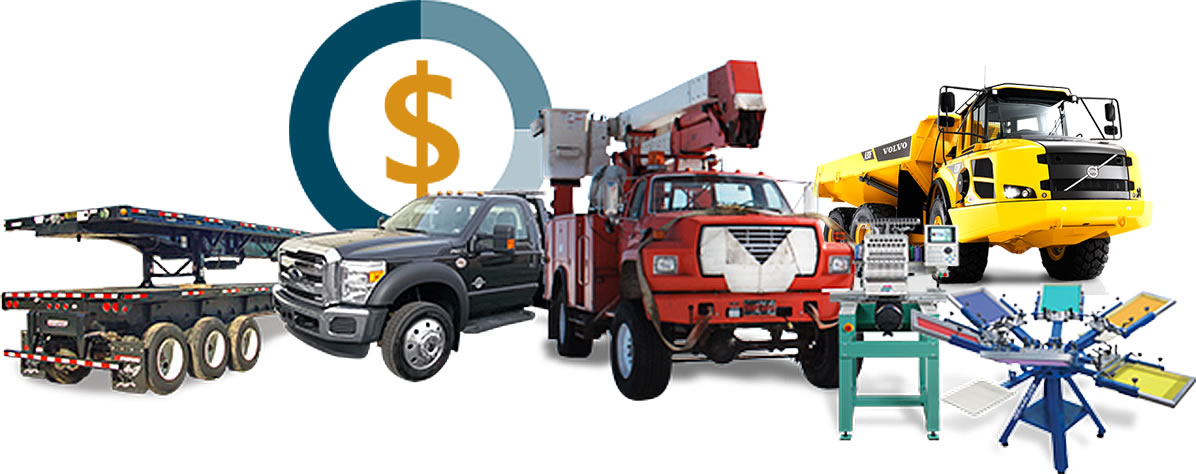
Common Mistakes to Avoid
Overborrowing
Only borrow what you need. Overborrowing can lead to financial strain and difficulty in repaying the loan.
Ignoring Terms and Conditions
Always read and understand the terms and conditions. Ignorance can lead to unexpected costs and penalties.
Neglecting Equipment Maintenance
Proper maintenance is crucial. Neglect can lead to equipment failure and additional expenses.
Conclusion
Getting equipment financing can be a smart move for your business, allowing you to acquire the tools you need without straining your cash flow. By understanding the different options, preparing your application carefully, and choosing the right lender, you can secure the financing that best suits your business needs. Remember to consider the long-term implications of your financing choice and maintain your equipment to maximize its value.
FAQs
What credit score is needed for equipment financing?
Generally, a credit score of 600 or higher is preferred, but requirements vary by lender.
Can startups get equipment financing?
Yes, startups can get equipment financing, but they might face stricter requirements and higher interest rates.
Is it better to lease or buy equipment?
It depends on your business needs. Leasing is flexible, while buying is beneficial for long-term use.
How long does equipment financing take to get approved?
Approval times vary but typically range from a few days to a few weeks.
Can I finance used equipment?
Yes, many lenders offer financing for used equipment, which can be a cost-effective option.

Welcome to TheNationalLens.ca, where Benjamin provides a sharp and insightful view into the heart of Canadian news and culture!
Benjamin is a seasoned writer with a deep passion for storytelling and a commitment to uncovering the truths that define our nation. With a focus on in-depth analysis and comprehensive reporting, Benjamin’s work spans a wide array of topics, including politics, economics, social issues, and beyond.

